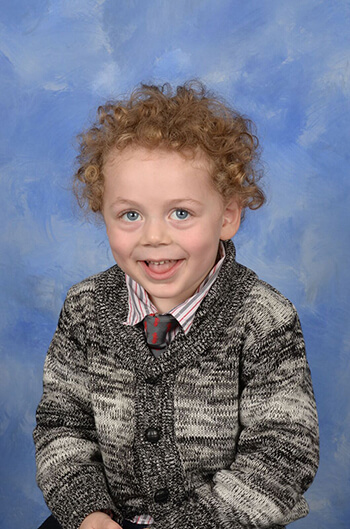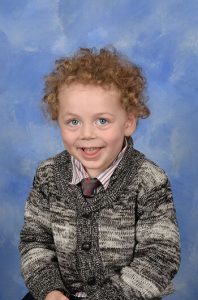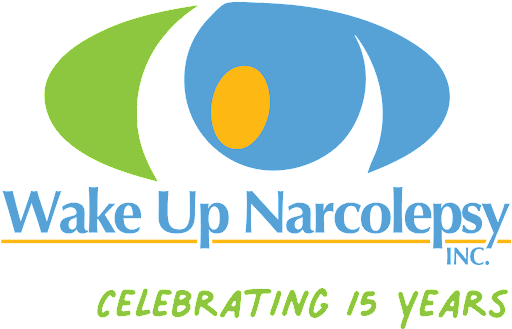
Jun 16 2019
No Rest for the UnWicked
h in Voices of Narcolepsy
I have a theory that the plot of Sleeping Beauty was based, in large part, on my son Dylan. I don’t mean to suggest my son grew up with fairies or sorcery, obviously, those were added for fairy tale flair, but he did fall into a deep slumber for the better part of two years after being pricked by a cursed needle. While I recognize my theory may be somewhat controversial and that it relies heavily on other yet unproven theories like time travel, I am confident that in time, much like many of Einstein’s theories, the missing pieces will fall into place once modern science has caught up to my intellect.
Dylan Kyle: the OG Sleeping Beauty

A lot can Happen in Two Years
Now, in the fairy tale, they don’t give us much information about what happened whilst the princess slumbered. We can hypothesize she missed out on attending a few galas, perhaps she missed a beheading or two, but it’s almost as if time didn’t pass and nothing was missed. In contrast, my sleeping beauty missed out on a lot. Because Dylan was always either sleeping or sleepy, he had very limited time and energy to do anything. He missed out on playdates and park visits and birthday parties (even two of his own). He never learned to ride a bike or throw a ball or play a sport or even to read and write (though fortunately, thanks to Leap Frog, he learned all his numbers and letters pre-narcolepsy). He never even learned the bare basics of how to play or how to socialize or how to be a friend – all things kids typically learn organically by interacting with one another. Play may seem trivial, but it is crucial for learning and developing new skills. Play enriches social-emotional skills (eg. empathy, patience, teamwork), physical skills (eg. fine motor and gross motor), academic learning, cognitive development and so much more.
Prince Xyrem
It was a sip, not a kiss, that awoke my sleeping beauty. Dylan started taking Xyrem, a powerful narcolepsy medication that improves nighttime sleep, one month shy of his fifth birthday. Xyrem hasn’t been quite the “miracle kiss” we were hoping it would be, but it certainly improved Dylan’s excessive daytime sleepiness. After several weeks on Xyrem, Dylan slowly started to wake up. With more waking hours, Dylan now had more time (in theory) to play with his peers but although he was chronologically five-years-old, he had the skill set of a three-year-old. As you can imagine, that presented some many challenges.
Catching Up
This two-year gap in time translated into delayed everything for Dylan – delayed social skills, delayed motor skills, delayed academic skills – except for his humour skills which, remarkably, remained completely unscathed, if not enhanced.
In practical terms, these delays make Dylan’s day-to-day life just a little bit harder. Zippers and buttons are his nemeses; penmanship is nearly impossible; socializing is confusing and confounding; and emotional regulation needs (a lot of) fine tuning. In financial terms, I’m spending more money on therapists and programs than the Kardashians spend on make-up. Dylan takes karate and swimming to improve his gross motor skills; he works with an occupational therapist to refine his fine motor skills; he sees a psychologist to develop his social skills; he works with not one, but two tutors to advance his academic skills; and the Leap Frog videos have made a triumphant return from hibernation. Ironically, all of these programs and specialists, which are meant to minimize his delays, monopolize his still limited supply of waking hours and take away his free time to play with peers. A perpetual case of catch 22.
I suspect this is the reason Sleeping Beauty is depicted as a teenager rather than a tot in the fairy tale. It’s simply not believable, or scientifically possible, that a three-year-old could go to sleep for an extended period of time and miraculously wake up with all the skills necessary to succeed as a five-year-old. I suppose it would also be incredibly creepy to have an adult prince kiss a toddler but if you ask me, Sleeping Beauty didn’t need a prince, she needed a Jewish mother (I could devote an entire blog post to this topic alone, so for the sake of brevity, let’s just all agree that Maleficent would not stand a chance up against the likes of a Jewish smother).
Children with Narcolepsy have Scary Dragons to Slay
Narcolepsy in children as young as Dylan is quite rare and too much is still unknown or misunderstood. What we do know is that narcolepsy affects children quite differently than it affects adults. It’s important to understand the differences so we can more effectively manage the symptoms. Age and maturity go a long way in helping to regulate emotions and manage symptoms in a disorder that is physically, mentally and emotionally draining. I can tell you from personal experience, as an adult with narcolepsy myself, and as a parent of a child with narcolepsy, it is far more debilitating a curse for my son than it ever has been for me. Fortunately, my sleeping beauty has a wicked sense of humour that is sure to slay even the scariest of dragons.
Lanna Barrison is a Mommy, defunct lawyer, narcolepsy advocate and sarcasm enthusiast. Lanna and her son Dylan both suffer from narcolepsy and Lanna has made it her mission to spread awareness through humour. She (sporadically) writes a blog about her adventures in parenting a child with narcolepsy and she organizes an annual lemonade fundraiser that has become a popular community event.
